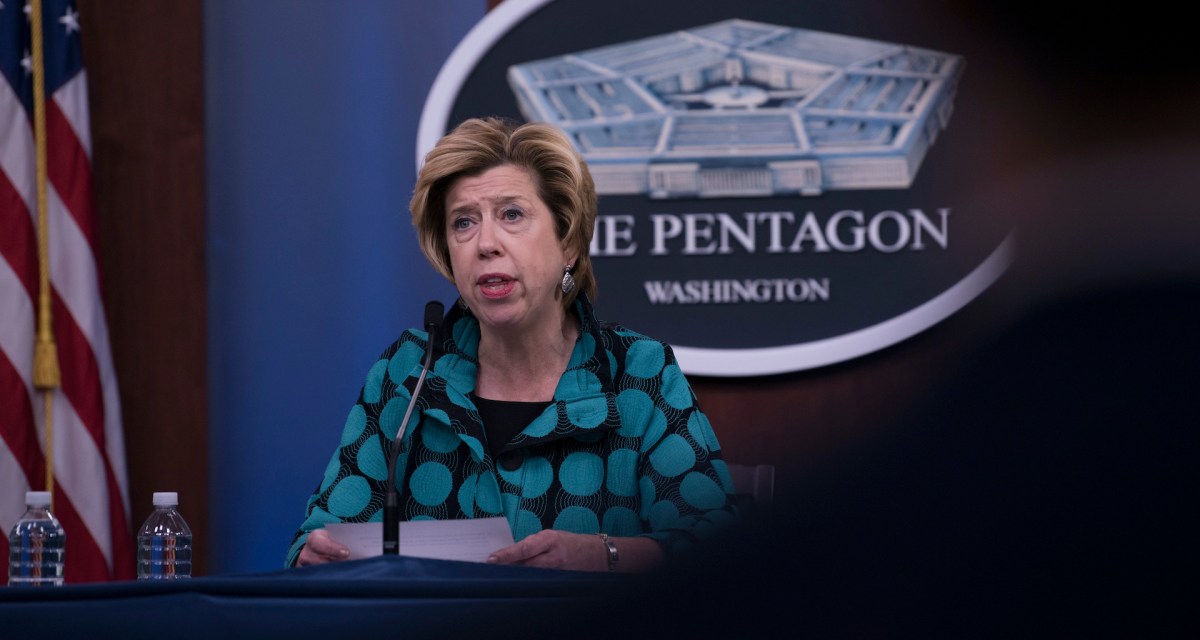DOD needs a ‘modern IT system’ to brace for second wave of pandemic logistics

The Department of Defense‘s top acquisition official told Congress she needs “modern IT systems” to track shipments of personal protective equipment (PPE) to prepare for a next wave of coronavirus.
The DOD has been leading the charge on several pandemic-related government response efforts, most directly with organizing the logistics of critical supplies and assisting health-related agencies in their own acquisitions. To meet a potential spike of coronavirus cases in the fall, the DOD needs better tech, said Ellen Lord, the undersecretary for acquisition and sustainment, during a House Armed Services Committee hearing Wednesday.
Lord signaled that the department wants to build out a network specific to emergency logistics and find more ways to track its own supply chains in times of crisis.
“We want to make sure we get irreversible momentum so we leave behind a sustainable acquisition and distribution system that can be utilized in the future,” she said of DOD’s work partnering with agencies like the Department of Health and Human Services.
So far, the military has pushed several of its emerging technologies to the foreground in response to the pandemic. The Joint Artificial Intelligence Center sprinted to synthesize data on the supply of emergency goods in stores to predict panic buying. Northern Command was the first to use artificial intelligence-enabled technology taken from the Joint All Domain Command and Control (JADC2) program to track the spread of the virus and distribute communications. Even the Army added new data layers to watch for virus clusters in its personnel protection system that usually tracks terror-related threats. But these disparate efforts have apparently not helped with more basic challenges, like tracking shipments of PPE, according to Lord’s testimony.
“That was a huge lesson learned early on in the pandemic,” she told lawmakers.
The department also needs to be able to probe further into its own industrial base, she said. It’s sprawling network of more than 300,000 companies that are often chained together through series of subcontracts. Small companies further from the DOD in the chain are at most risk to fold under the economic stress brought by the pandemic.
How great is the overall risk? It’s still hard for Lord to say. While some services, like the Navy, have cloud-based monitoring tools to watch their supply chains, the entire department does not.
“We have been gaining in our knowledge, which I would say is still insufficient,” Lord said of her visibility into the industrial base. Recent studies — like one that showed how many companies are actually in the supply base — have helped, she said, but she wants more real-time information.
Another challenge brought by a lack of modern IT systems was finding and labeling trustworthy carriers of goods. In the scramble for states, federal agencies and medical centers all to get PPE, phony sellers took advantage of the chaos and got contracts but never delivered, Lord and lawmakers said. Having an IT system that can register trustworthy carriers is another reason Lord wants to invest in finding stronger networks.




